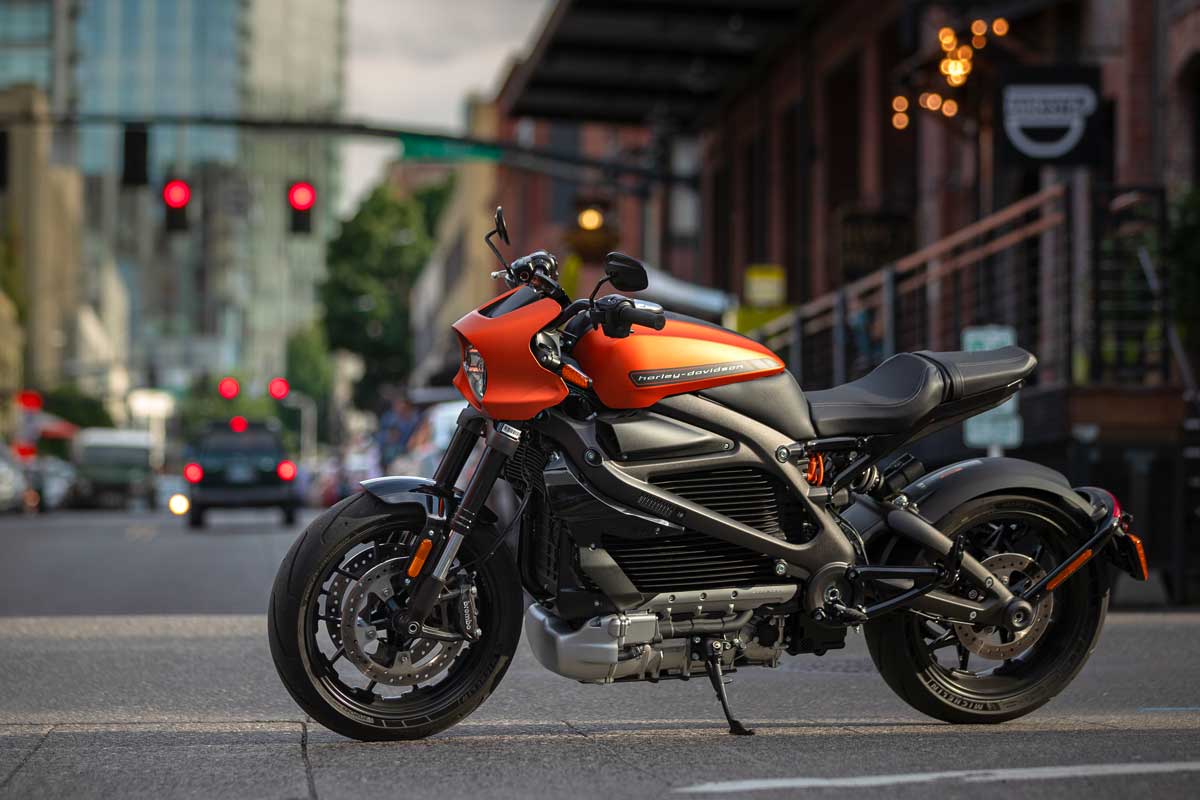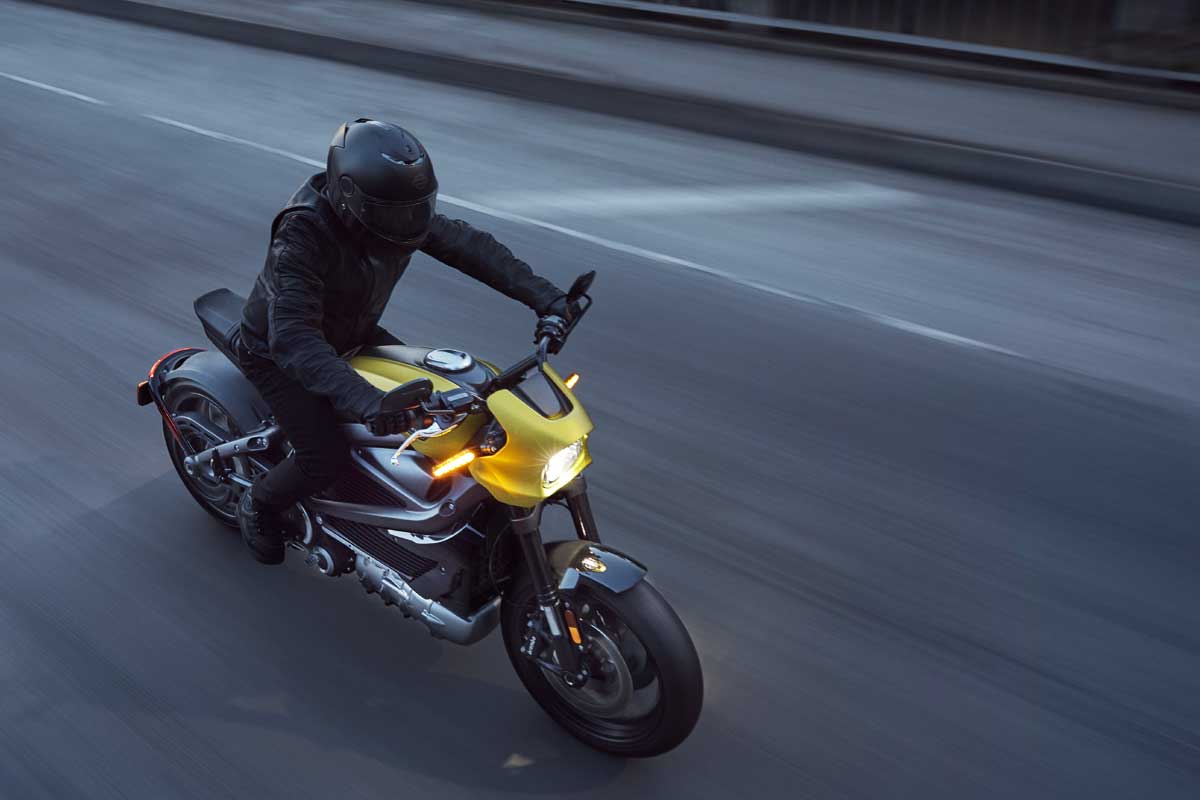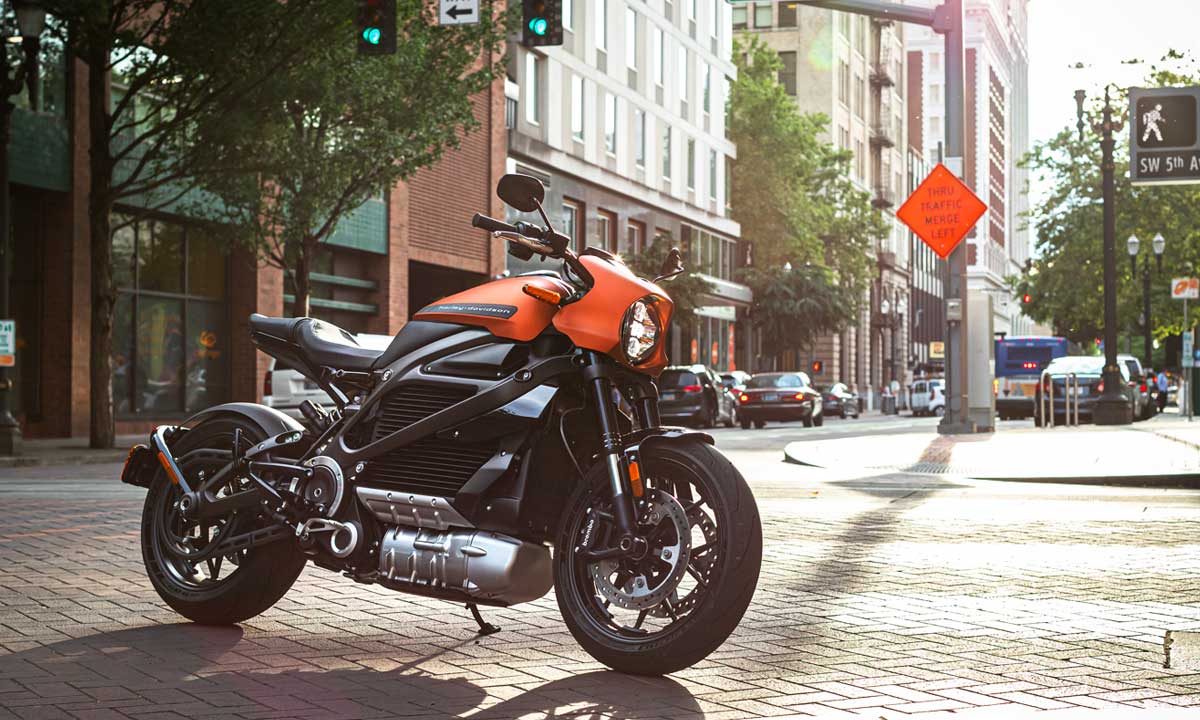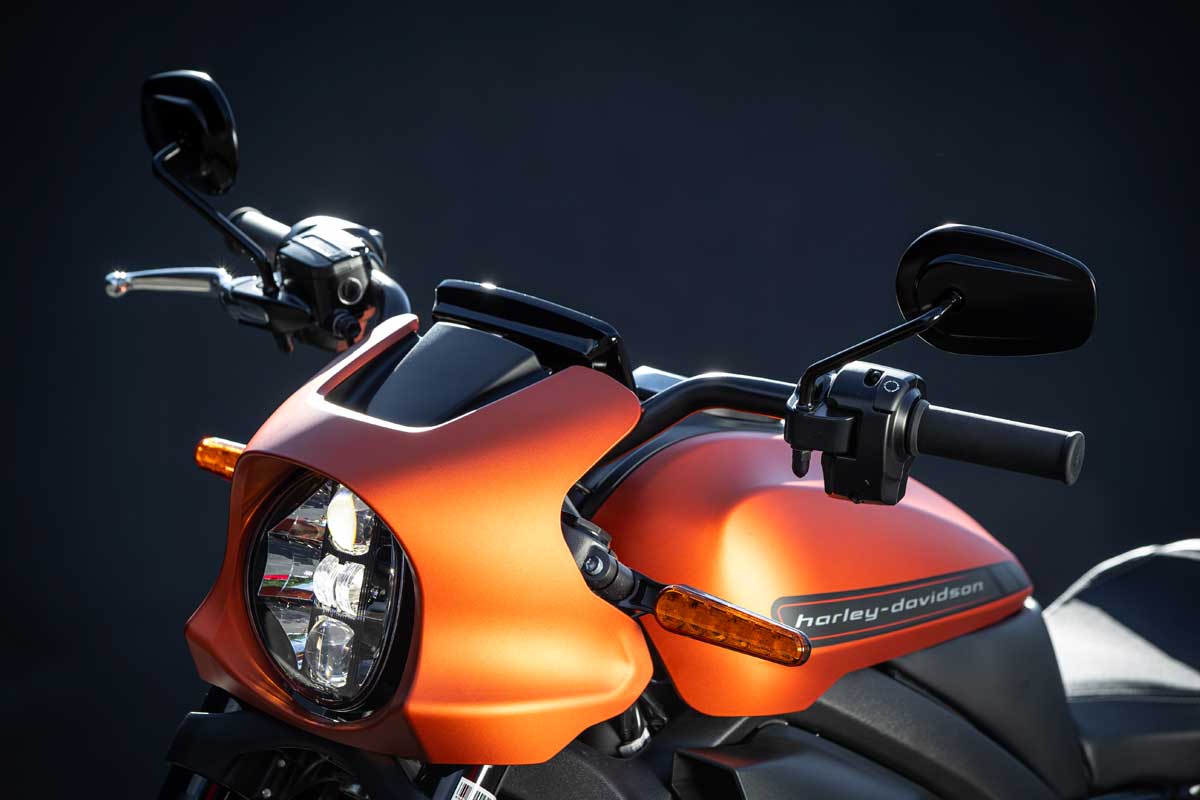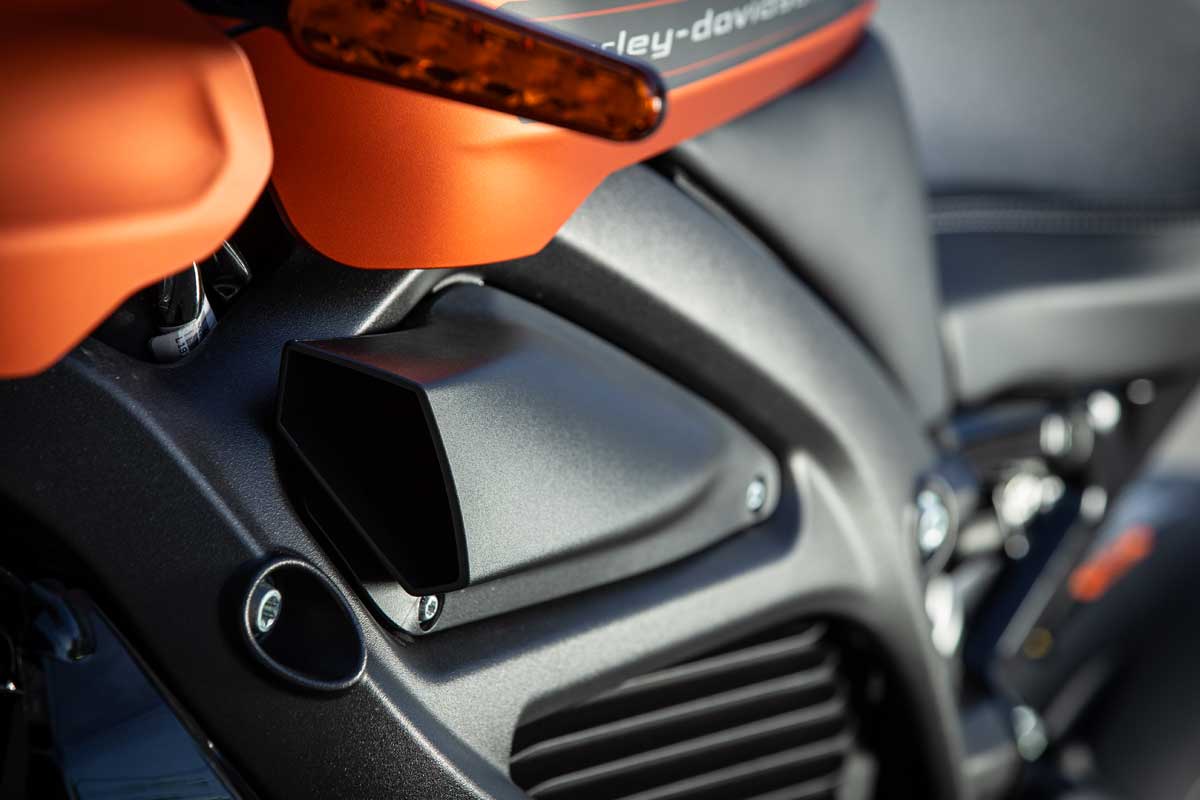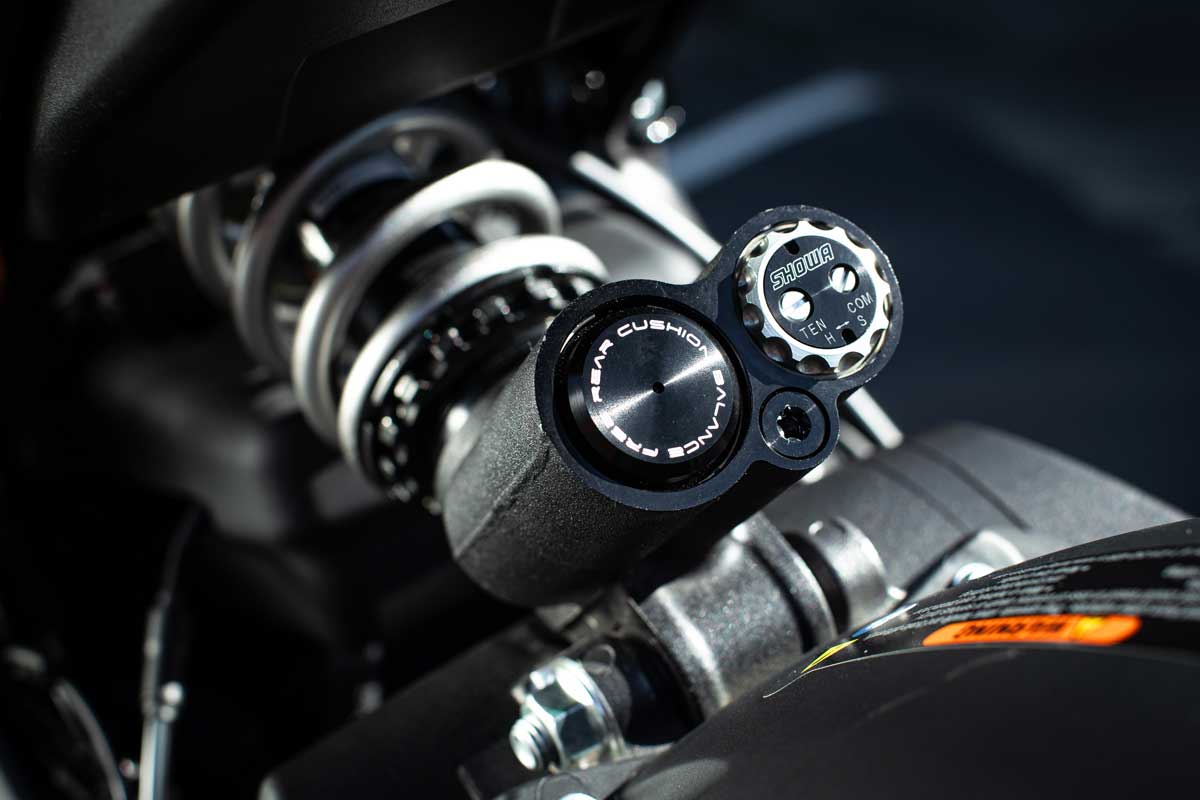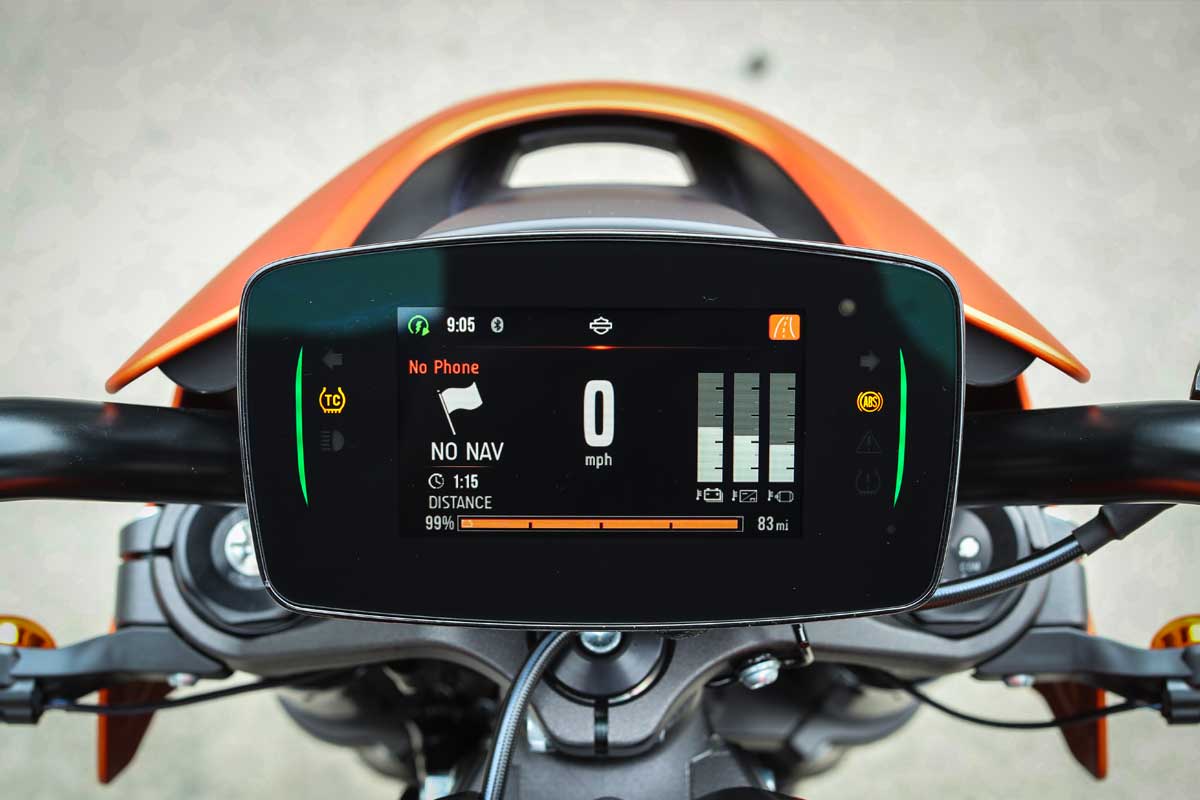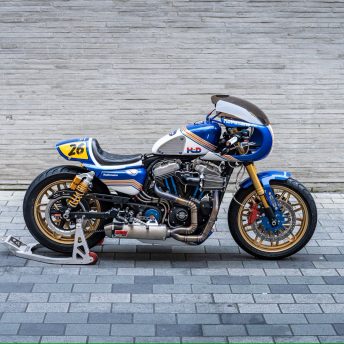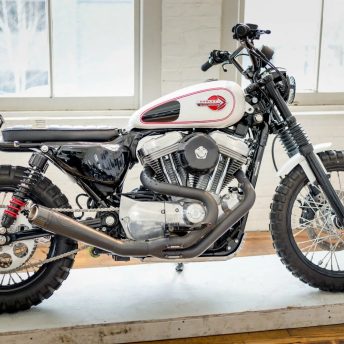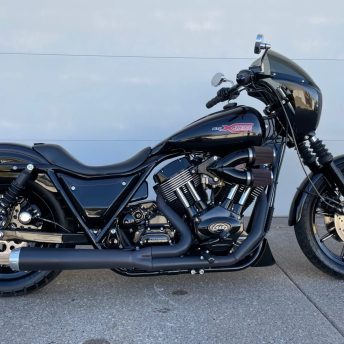It’s hard to believe it’s been 5 years since Harley Davidson unveiled their Livewire electric motorcycle concept. A lot has changed since then in the world of electric vehicles and with the Livewire itself. Now we’re only 1 month away from the all-electric Hog going on sale to customers in the United States, Europe and Canada. I have to admit I’m a little bit excited.
With the release of the Livewire right around the corner Harley has published the final details of the production bike so here’s a look at what this game-changing motorcycle has to offer.
I say “game changing” because the Livewire represents a significant milestone in mainstream motorcycle manufacturing. The motorcycle industry as a whole has been slow to take up electric technology, and now one of the biggest players in the scene has made their first move towards an all-electric future.
The Livewire is also a departure from Harley’s typically laid back, cruiser styled bike. Its closest cousins would be the latest in the FXDR or Street range, but the Livewire sports a higher, more open tail end and tighter proportions giving it a sportier stance. Public opinions of the Livewire have been rather polarising. For me though, someone that’s never been a devout fan of the H-D brand, I sit firmly at the positive end of the scale.
Harley Davidson Livewire Power & Performance
The Harley Davidson Livewire is powered by the new H-D Revelation permanent-magnet electric motor. The 78kW engine produces 105 bhp and 116Nm of torque. As with all electric vehicles, it’s the torque delivery that makes the Livewire special. At the twist of the throttle, 100% of the torque is available and it stays that way through the entire power curve. This results in a 0-60mph time of 3 seconds and jumping from 60-80mph for a quick freeway overtake will happen in a mere 1.9 seconds.
Keeping the engine within safe operating temperatures is a liquid cooling system. A radiator runs along the length of the bike in the Livewire’s belly along with the batteries. Mounting them there aids in keeping the bike’s centre of gravity low for better all round handling. Power is transferred to the rear wheel via a belt drive and there’s no clutch or gears to change through. The bikes suspension package is from Harley’s go to supplier Showa with a monoshock in the rear and USD forks which are both fully adjustable. Braking is handled by Brembo Monoblocks and grip via Michelin H-D Scrocher Sport tyres.
Harley Davidson Livewire Range & Charging
Range is one of the biggest sore points with electric motorcycles. The original Livewire concept could only manage a measly 80km on a full charge. The 2019 Livewire will provide 235 km of city range. That’s more than enough for your average commuter who travels around 26 minutes to and from work each day. Prolonged high-speed travel is the Achilles heel of all electric motorcycles. With the Livewire you’ll get around 152 km of highway range or about an hour and a half or riding before the batteries run dry.
Charging the Livewire can be done in two ways. The 15.5kWh batteries take 1 hour to gain an additional 30km of charge using a standard household outlet. An overnight charge using the same method will return the batteries to full capacity. Alternatively, if a suitable source is available a fast charge can be done using DCFC technology. This method will provide an 80% charge in only 40 mins and a 100% charge in 60.
The Livewire also features regenerative charging using “off-throttle” power to extend its range. The effect is similar to engine braking and the level can be adjusted using customisable rider modes.
Harley Davidson Livewire Features
As well as offering the latest in electric motorcycle technology the Livewire is packed with modern safety. A Reflex Defensive Rider System provides enhanced anti-lock corner braking, traction control and drag-torque slip control. Seven selectable rider modes also alter the performance characteristics of the Livewire. Each ride mode modifies different combinations of power, regeneration, throttle response, and traction control. The self-explanatory modes include Sport, Road, Range, Rain and a custom configuration that allows the user to adjust the aforementioned settings to their liking.
Adjusting the functions of the Livewire is performed using a 4.3 inch TFT touchscreen display. The screen features a bright display for daytime visibility and has all of the standard instrument information as well as battery performance and range statistics. Owners can also connect to their Livewire using a smartphone and the Harley Davidson App.
Lighting on the Livewire is all provided by low drain LED units; from the indicators to the Daymaker headlight. Harley is offering the Livewire in 3 anodised metal look paint finishes. Customers can choose from Yellow Fuse, Orange Fuse or Vivid Black.
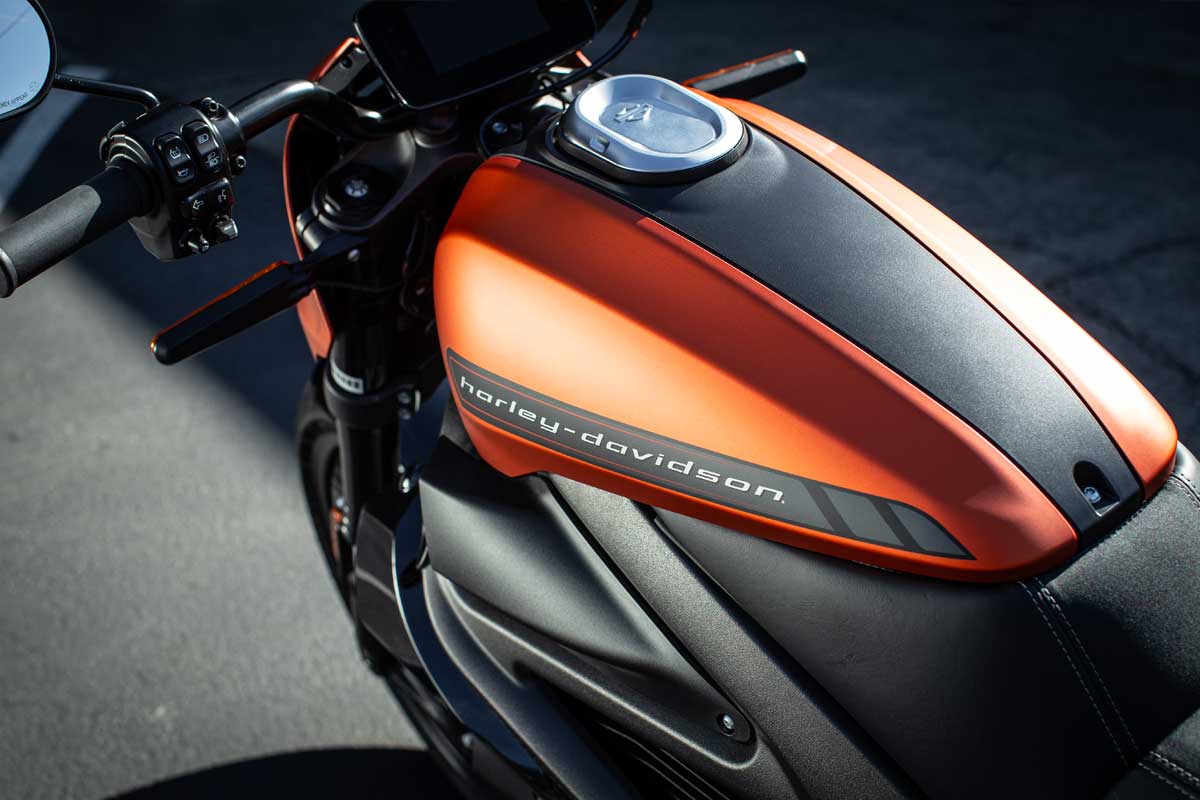

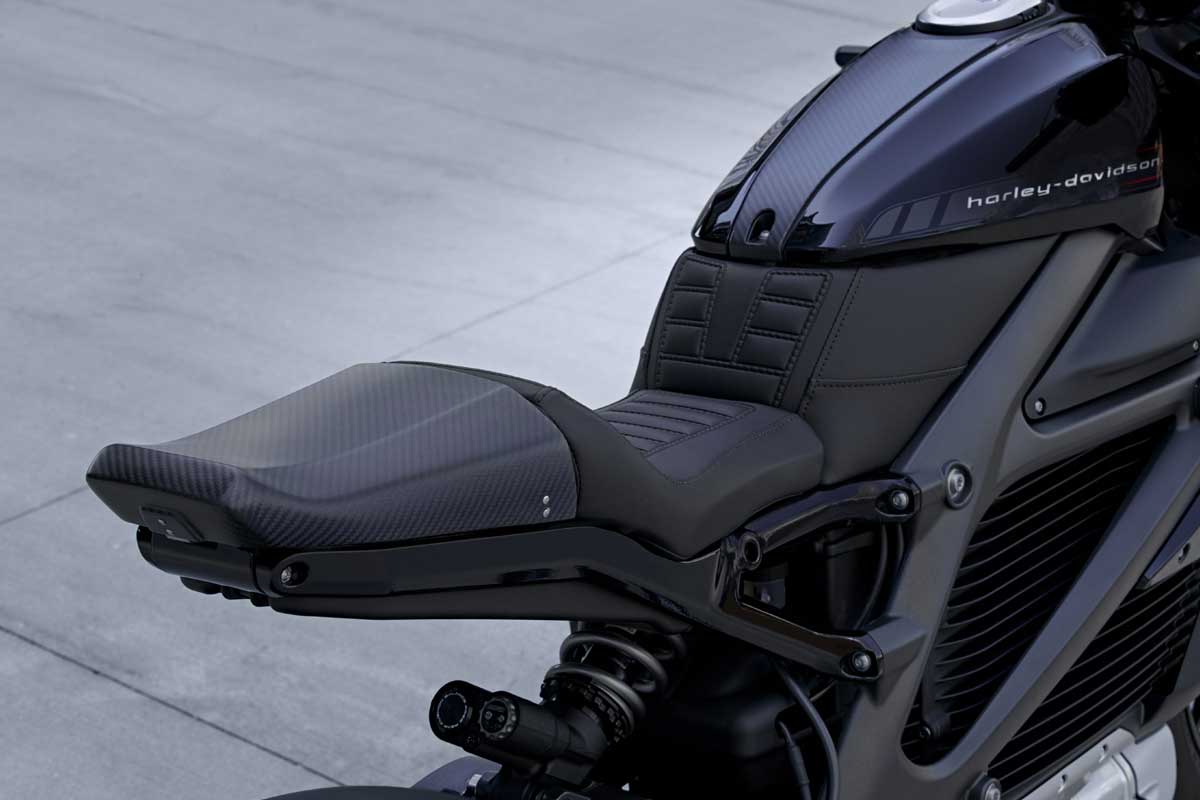

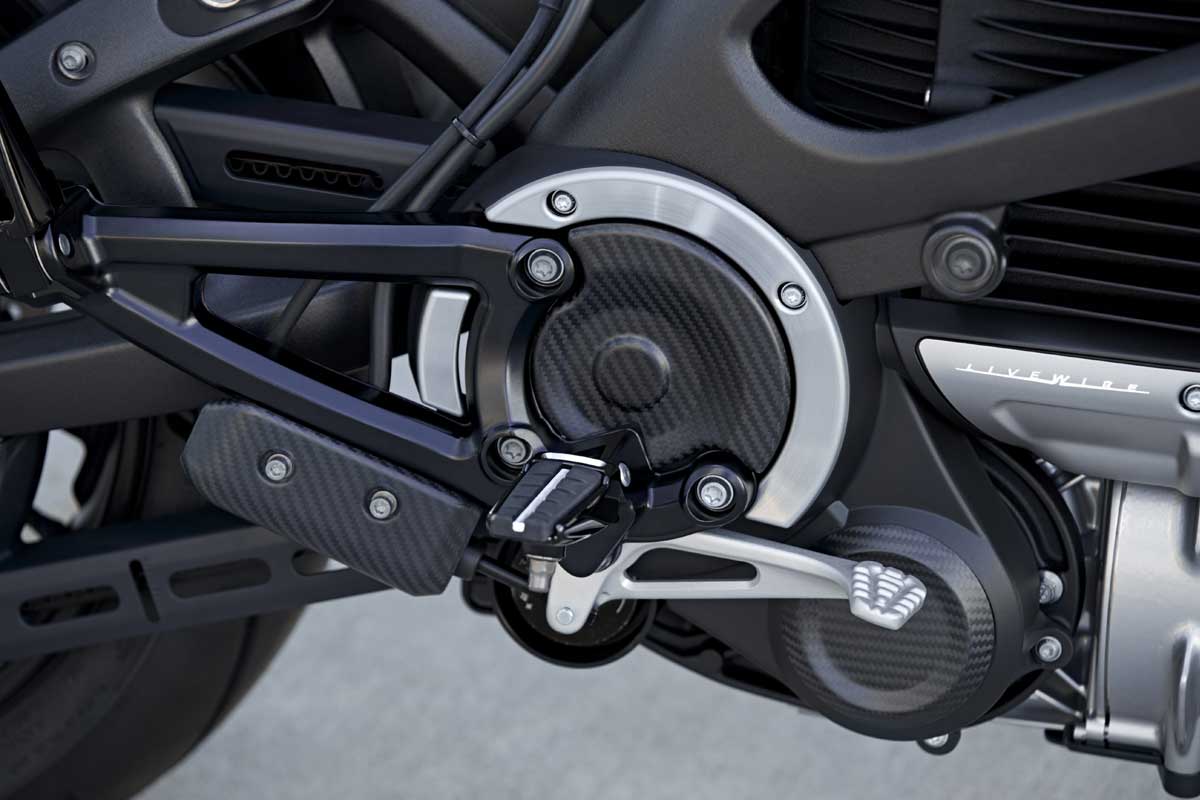

Harley Davidson Livewire Cost & Maintenance
Harley has made no attempt to pitch the Livewire as an affordable electric motorcycle. At $29,799 USD they won’t be selling them in huge numbers. However, they have promised the Livewire is paving the way for other, more affordable electric models. As for ongoing costs, Harley states that the Livewire will be an affordable longterm vehicle. With less routine service items such as oil, filters and spark plugs, scheduled services will be low cost and less frequent. Harley is also offering a five-year warranty on the Livewire’s batteries which are the bikes most expensive replacement part.
The Harley Davidson Livewire will go on sale in August 2019. I will admit that I never expected Harley to be paving the way in mainstream electric motorcycle production. It’s a bold move for a brand whose machines are recognised for their trademark (and usually excessive) sound, but it’s one that I hope will pay off.
